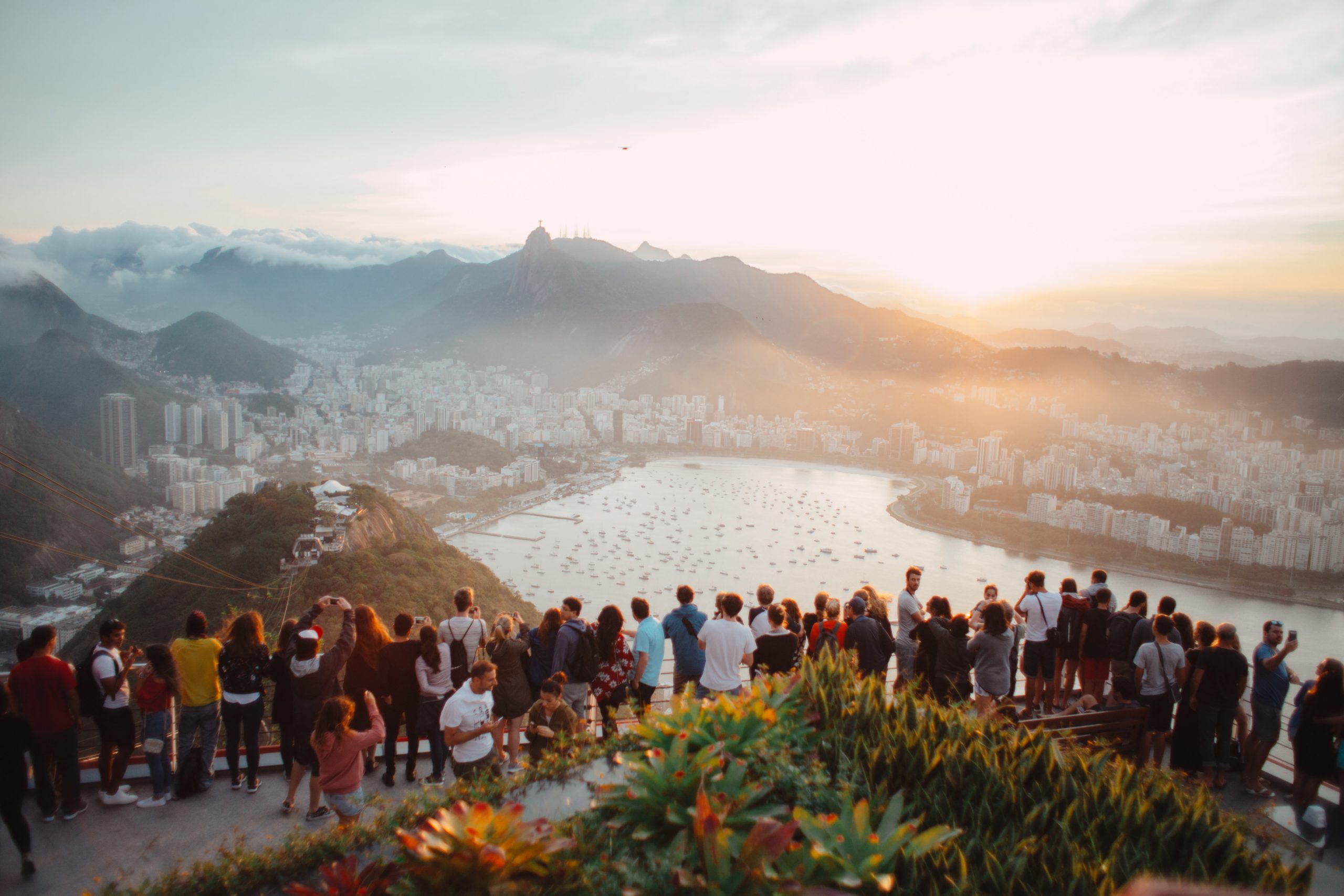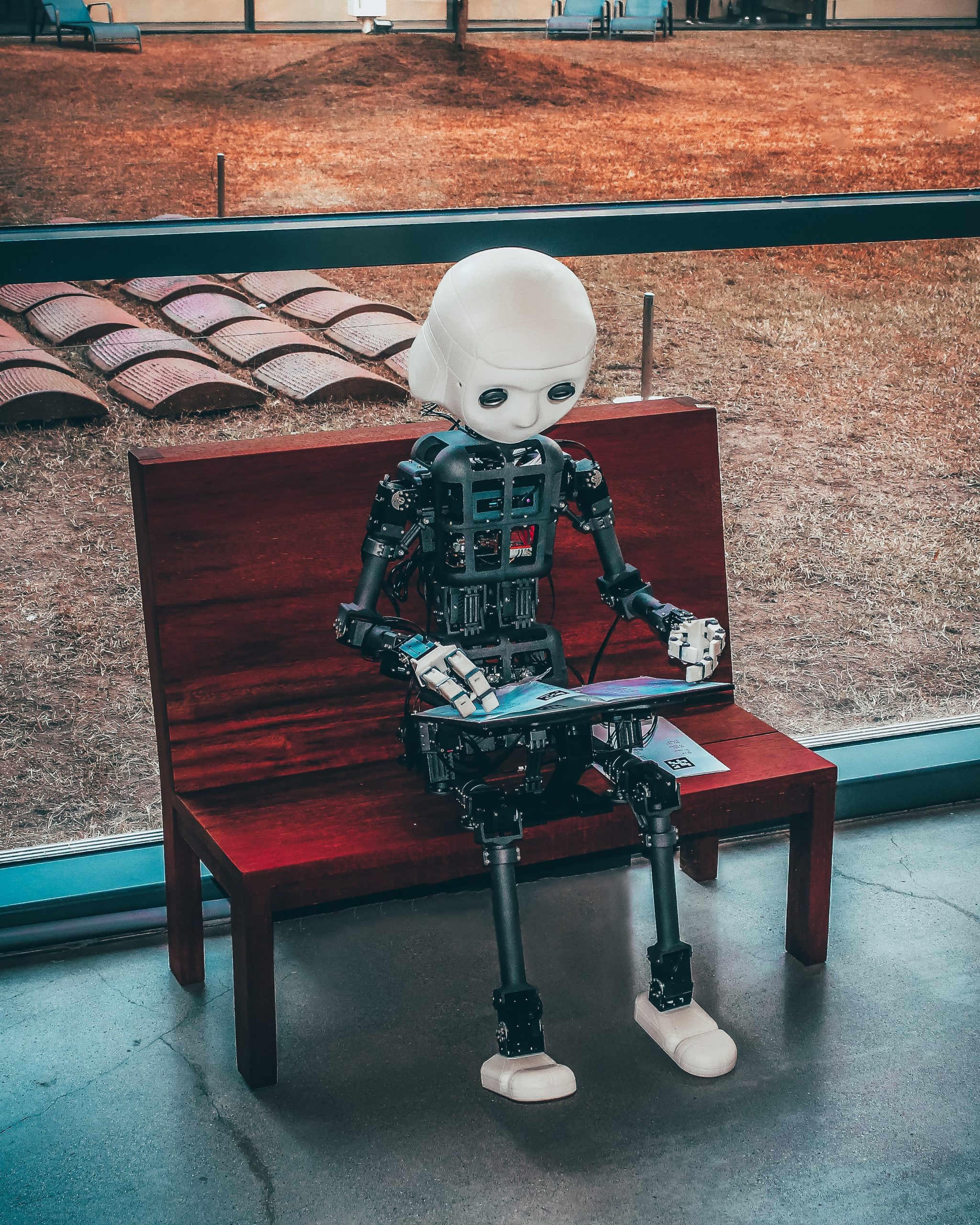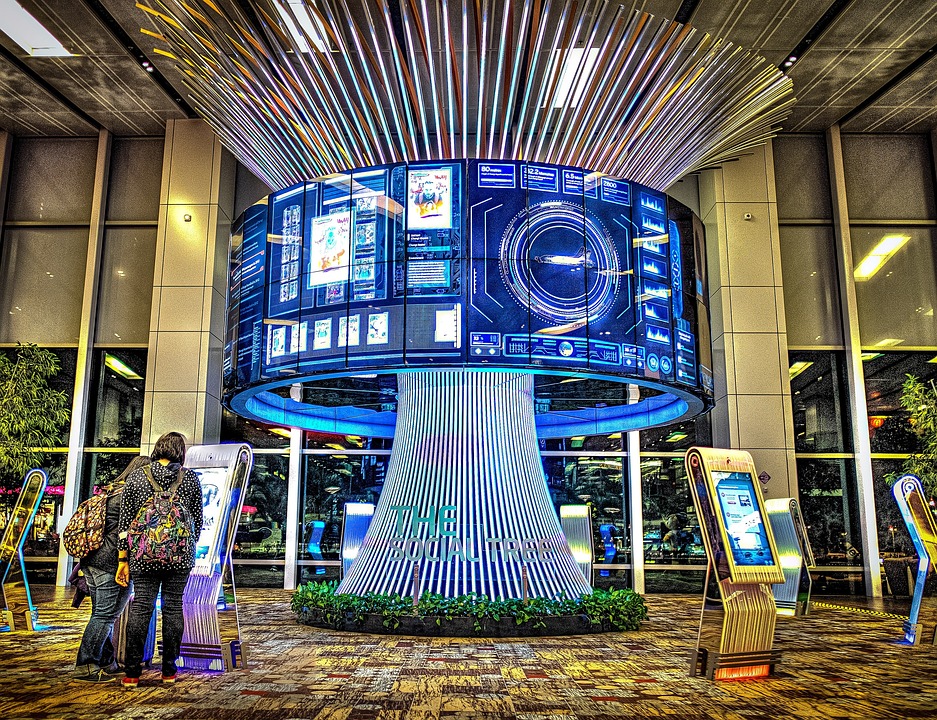
How overtourism could be prevented via green digital advertising?
Have you visited a destination that has “lost its magic” due to the crowds there? Authenticity as well as the quality of life of residents has been in danger since overtourism started to eat capacities of the destinations. Overtourism is referred to as “loving places to death”². Three decades ago, Venice was home to over 120 […]
Does Virtual Reality (VR) Travel have the potential to be more?
Does Virtual Reality (VR) Travel have the potential to be more? Retrieved from Forbes.com Due to the pandemic, the global tourism industry had to come to a sudden halt. Even as lockdowns were slowly lifted, travelers were skeptical, and the threat of the virus is still very real. Recently, a second wave has swept across […]
Enhancing customer experience with smart hotel technologies
Have you checked into a hotel using a mobile app? Or maybe the light in your hotel room switched off automatically when you opened the door to leave? These features are only the tip of the iceberg in smart hotels. What are smart hotels? According to Dalgic and Birdir 1, a smart hotel adopts a […]
How to Improve Online Presence of Small Tourism Businesses?
Online information search is a crucial and often overlooked part of today’s consumers’ decision-making, and most of it is done through search engines or social media. The searches on search engines and social media platforms correlate with the visits in destinations[1]. Here I have a look at different research papers considering these subjects, in order […]

How content producers can use AI in digital marketing
Do you want to use AI to create better content? There’s no doubt that content production is getting more complex every day. It’s getting hard to get noticed on social media. Your inbox is packed with repetitive messages, and you must fight against a massive crowd to get people to read your content. And then […]

How Ambient Intelligence can bring value to travel experience?
It is almost a norm in science fiction movies that doors open automatically, rooms know when you are about to enter, and coffee machines can predict when it is time for a hot cuppa. Ambient Intelligence has been a concept for a long time, but only through recent technological advancements, it has become a real […]
Can service robots replace human labor in hotel industry?
How would you feel if a robot welcomed you when arriving to a hotel instead of a human? Would you be more pleased of robot’s convenience or the real face-to-face interaction that a human being can offer? Robots in hotel industry can bring so many opportunities yet so many challenges. Nobody knows about the future, […]
Can technology make tourism more transformative ?
Transformative tourism (TT) is a type of meaningful and purposeful tourism. Traditional tourism is often used as an escape mechanism from everyday life (5). Transformative tourism is motivated by seeking (10). In transformational tourism the tourist seeks personal growth during their travels, which can take place in areas such as well-being, spirituality and education. The […]
How can mobile app boost your tourism business to success?
Did you know travel applications are the seventh most popular category of most downloaded apps and over 60 percent of travelers choose to use mobile apps while traveling?¹ In the future, there will be thousands of new mobile applications with new facilities that offer travelers daily movement without the assistance of humans while traveling. Therefore, it is important […]

Does AI in tourism have unlimited possibilities?
Does AI in tourism have unlimited possibilities? Are all possibilities positive? Will there be a new level of crime, automation and robots displace workers and ICT has stifled human interaction? Are we ending up in a circle of choises or does this lead us to pilgrimage unknown paths? Have hardcore tourist ended up to be […]